a. descriptive aesthetics: it does not deal with the content of the message, only with its form and the relations between different elements of influence within the whole experience.
b. interpretive (evaluative) aesthetics: in relation to the content of the message, it interprets and evaluates the form of the message and the relation between the meaning and the elements of influence, within the whole experience.
It has three different approaches based on what kind of sensual forms it is ready to accept as ‘message’.
a. art philosophy (analyzes exclusively the intentional self expressions /compositions/)
b. general aesthetics (ready to analyze every man-made sensual form)
c. universal aesthetics (ready to analyze every sensual form, e.g. even the aesthetic examination of natural phenomena)
The questions and answers of aesthetics change significantly with time.
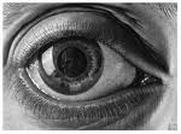
Following the volatile rhythms and melodies, pictures also appear and some of them successfully remain until today. The message-sensitive art that sees behind the sensual form is the magical connection between everyone’s sensual world and the initiated ones’ supersensual world. It has control over invisible powers and visible relations with analogies. The culture hero discoursing with the supersensual world and showing the hidden contexts interprets the unperceivable order. Art addresses the entire community, initiates and connects every member of it to the discourse with the supersensual world. Ancient art is not only magical but also collective. The whole of the community is both the creator and the outcome (art and artwork) of the process. The participants mobilize and synchronize their intuitions and meanings in the ecstasy of the joint artistic experience. The completion of the direct and mutual experience of interconnectedness and that of the common essence is the catharsis.
(The doctrine is beauty: Callistics)
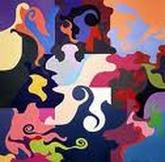
The aesthetics of every ancient high culture is inflexible and aims to be the summary of eternity and divine order. The power-emanating, pathetic and power-oriented court culture of the ruling elite and the cheerful and sexuality-oriented culture of everyday people become separate. Power struggle ignites in the realm of the arts, styles, and symbols. Parallel to the generalization of social injustice, art receives a specific role: it starts interpreting social tensions. In accordance with the interests of the ruling groups, court culture attempts to ease tensions and aims to demonstrate harmony and controlled pathos (‘orphic’ arts). In accordance with the interests of the subjugated groups, folk culture attempts to raise tensions and aims to create upstir and arouse uncontrollable pathos (‘magical’ arts). Both approaches are obviously magical, but while the former is a taming, the latter is an infuriating magic. This is most apparent in the ornamental arts, where every colour, form, and element of influence has a particular meaning and a magical power up until the modern age, when the this-wordly and in-between-people communication started dominating all the arts.
In the closed aesthetic order of the ancient societies’ closed world order it was the arts and the music that played a leading role from the ancient times. The ancient language and the proportions of the musical order interconnect artistic rules and the mathematical and geometric foundations of sciences (e.g. Chinese and ancient Greek aesthetics both postulated moral and political importance to permissible and prohibited musical forms). Hindu world view believes the primordial energy of the universe is a sound, a vibration. In other places it is Shiva’s pounding that pulsates in everything or it is the Muses -originating from ‘musica’- that determine what the beautiful form of message is in any field.
| We can call all ethics classical ethics from Antiquity until the Modern Era for the simple fact that they were all searching for the answer to the question: what is beauty? All schools agreed that it was the articulation of the higher, divine order that made sensual form beautiful and they interconnected beauty, good, and trueness in every case. They are all ‘orphic’, which means that the ‘magical’ arts do not create an independent aesthetics throughout all this time and that they stay in the background. From artworks through everyday sensuality to natural phenomena, they all regarded everything as the manifestation of the supersensual divine order and a higher beauty. |
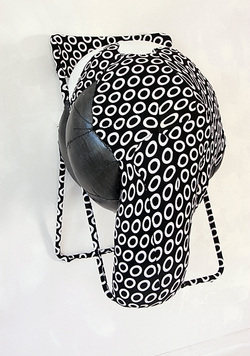
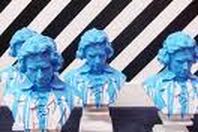
a. Preclassical era: Architecture is the dominant art.
(The principle searches its articulation in symbolic forms)
b. Classical era: Sculpture is the dominant art. (Greeks)
(The principle finds its perfect sensual form.)
c. Modern era: Painting, music, and literature are dominant.
(The principle is more and more abstract and less and less articulated in sensual forms)
(The doctrine of kitsch: lie-doctrine)
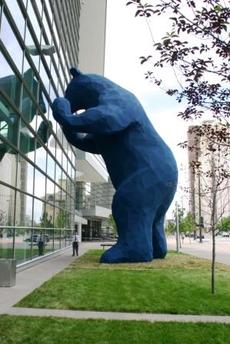
The viewpoints of fashion are popularity and power. The viewpoints of absurd are nonsense and illogicalness. The viepoints of l’art pour l’art (art for art’s sake) are silence and turning aside. The viewpoint of kitsch is lie. None of these approaches is concerned about inhumanity, but any of them can be used as a concept in a credible self criticism.

Absolute kitsch: a. everythig is beautiful, perfect, and idillic
b. everything is horrible, unbearable, and awful
c. everything is irrelevant and funny
Deceitful kitsch: pseudo conflict, pseudo tension, pseudo solution
Relative kitsch: non-self-critical criticism, commonplaces, and egocentric superciliousness

Credibility is difficult to define since credible becomes commonplace and commonplaces could be used credibly. Even the ‘commonplaceness’ of commonplace can be a commonplace. It is no longer clear if a ‘commonplace’ is a plain commonplace or the refusal of the hypocrisy that commonplacely abhors commonplaces, namely the daring self criticism. It is mainly the distancing self irony and tragicomedy that appear to be credible (e.g. Monty Python, Kurt Vonnegut).
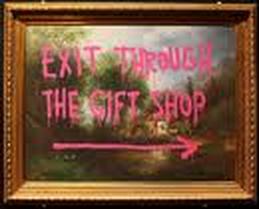

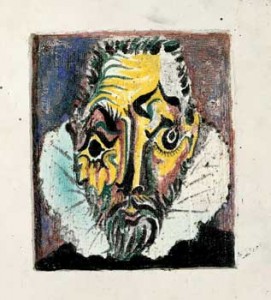
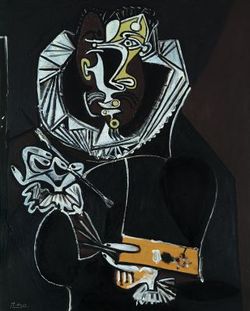
 RSS Feed
RSS Feed
